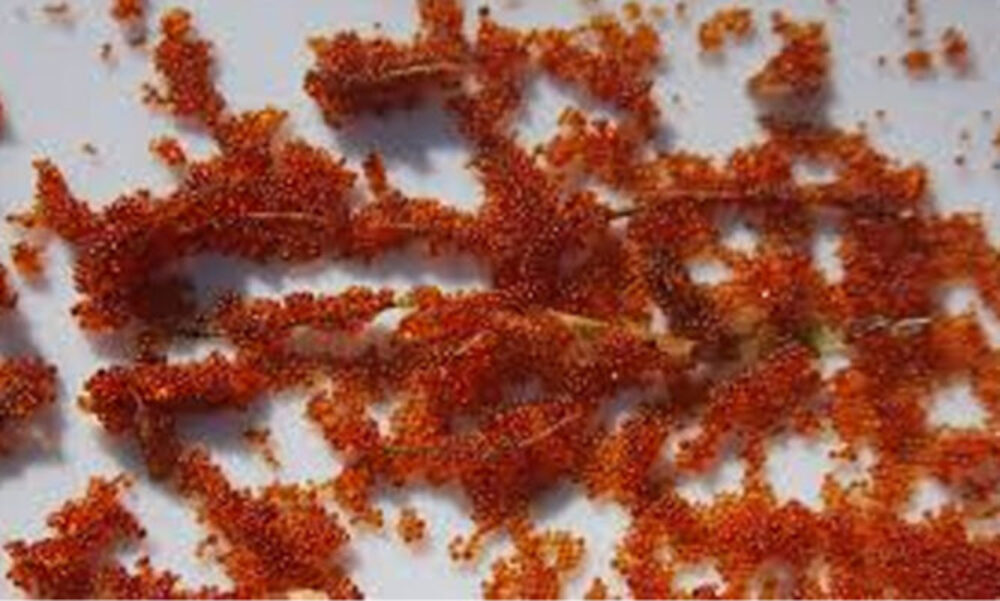

Recognizing the potential hazards lurking in your backyard is paramount. Among these hazards are minuscule eggs capable of harboring harmful diseases, posing a threat to you and your loved ones.
If you happen upon tick eggs in your yard, prompt action is imperative. Ticks are not merely nuisances; they serve as vectors for various illnesses such as Lyme disease and Rocky Mountain spotted fever. Here’s how to identify them.


Recognizing the potential hazards lurking in your backyard is paramount. Among these hazards are minuscule eggs capable of harboring harmful diseases, posing a threat to you and your loved ones.
If you happen upon tick eggs in your yard, prompt action is imperative. Ticks are not merely nuisances; they serve as vectors for various illnesses such as Lyme disease and Rocky Mountain spotted fever. Here’s how to identify them.

Tick eggs can prove elusive due to their diminutive size, measuring a mere 0.5 mm each, akin to a poppy seed, with an oval shape and a coloration that’s either white or translucent.
Typically, clusters of tick eggs are deposited on foliage or fallen leaves. As they mature, their hue may resemble that of adult ticks belonging to their species.
Handling tick eggs with care is essential to mitigate the risk of disease transmission, given their potential to hatch into larvae and propagate illnesses.
Should you encounter tick eggs within your premises, seeking assistance from a professional pest control specialist is advisable, as they employ various methods to manage tick populations.
